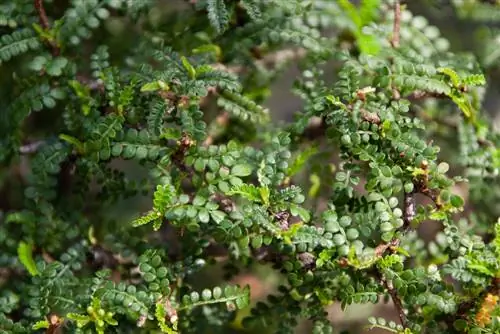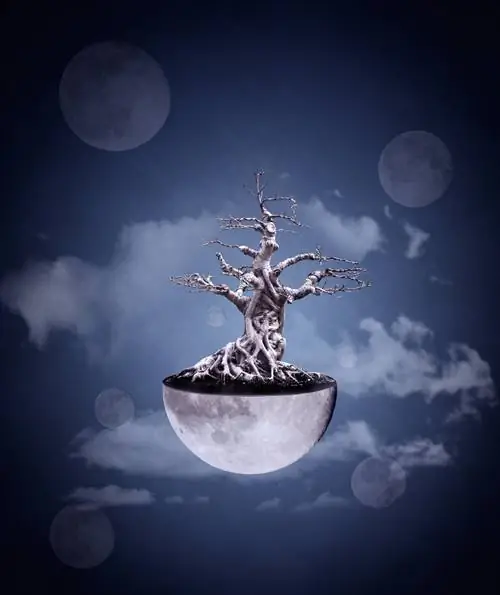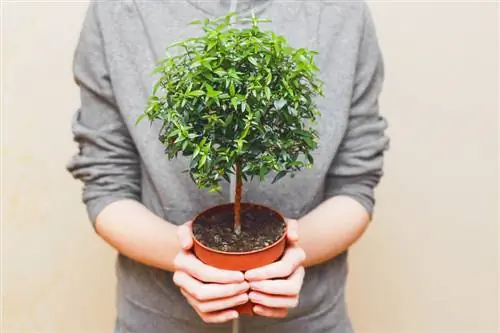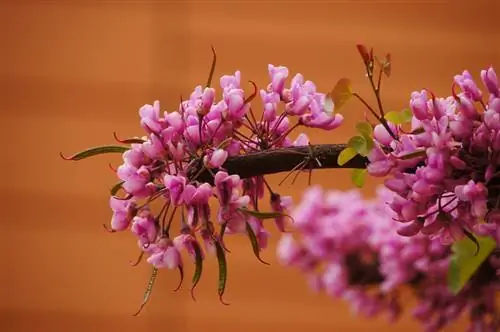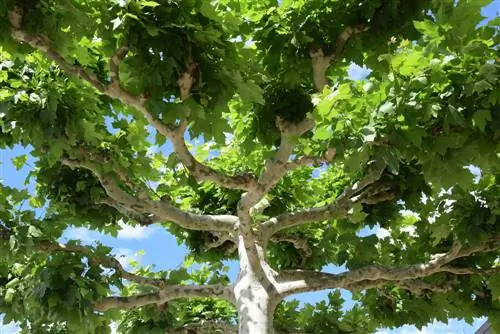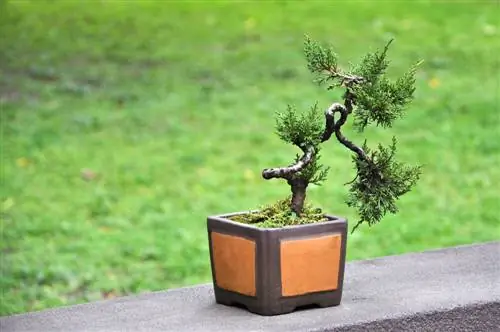- Author admin [email protected].
- Public 2023-12-16 16:46.
- Last modified 2025-01-23 11:22.
The Japanese cord tree, which is now known under the scientific name Styphnolobium japonicum, is a popular ornamental tree. Since it belongs to the family of butterflies, it develops aesthetic flowers. As a moisture-sensitive and heat-loving tree, it differs from most typical bonsais.
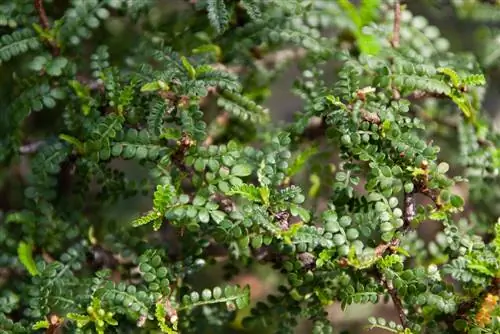
How do I create a string tree bonsai?
A string tree bonsai is perfect for bonsai design thanks to its small pinnate leaves and zigzag-shaped shoots. Choose the variety Sophora prostata 'Little Baby'. Many styles are possible when shaping and requirements for location and care must be taken into account.
Which variety is suitable?
Sophora grows as a shallow rooter that finds enough space in shallow bowls and only requires root cutting when repotting. Due to the small pinnate leaves, the string tree is well suited for bonsai design, with Sophora prostata 'Little Baby' (synonym: Sophora japonica) forming tiny leaves the size of a matchstick head. The trees develop zigzag-shaped shoots, which gives the mini tree a bizarre appearance.
Shaping a Bonsai
The cord tree allows many styles. It can be freely designed upright or formed into half cascades and cascades. Multiple trunks and entire forests are also possible. Once the basic shape is in place, refinements only occur through the cut. The application of wire only takes place in the early phase.
Editing technique
So that young plants branch quickly and develop a tree crown with several floors, you should trim the main shoot as soon as possible. Whenever you cut, keep an eye on the desired shape and cut the fresh shoots back to one or two leaves. Cutting back into the old wood is not a problem for this species.
Wire technology
Start wiring the main branches at an early age of the young trees. The ideal season is June. Do not wrap the aluminum wire too tightly in a spiral around the branches and bend them into the desired orientation. The wires remain on the branch for a maximum of six months, although you should regularly check the growth for growth. If you want to shape older branches, the bracing technique is recommended in spring. The newly emerging sap flow makes the specimens a little more flexible.
Claims
Cord trees require an outdoor space during the growing season that ensures sunny to partially shaded and airy conditions. They feel comfortable in a bonsai soil that is permeable and offers constantly moist conditions. The trees spend the winter in the cold house. If the thermometer falls sharply into the minus range, damage to the root area can occur. Frost causes the green leaves to fall off the branches and the fine shoots to freeze slightly.
Temperatures in winter:
- no more than six degrees
- ideally frost-free
- minimum minus five degrees
Watering and fertilizing
Keep the soil evenly moist with regular watering in summer. Apply a liquid fertilizer (€4.00 on Amazon) via the irrigation water every two weeks until mid-summer. During the winter, water more sparingly so that the substrate does not dry out.
Tip
Solid organic fertilizer balls have proven themselves. If you bury two to three cones, the bonsai will benefit from nutrients for the next three months.

